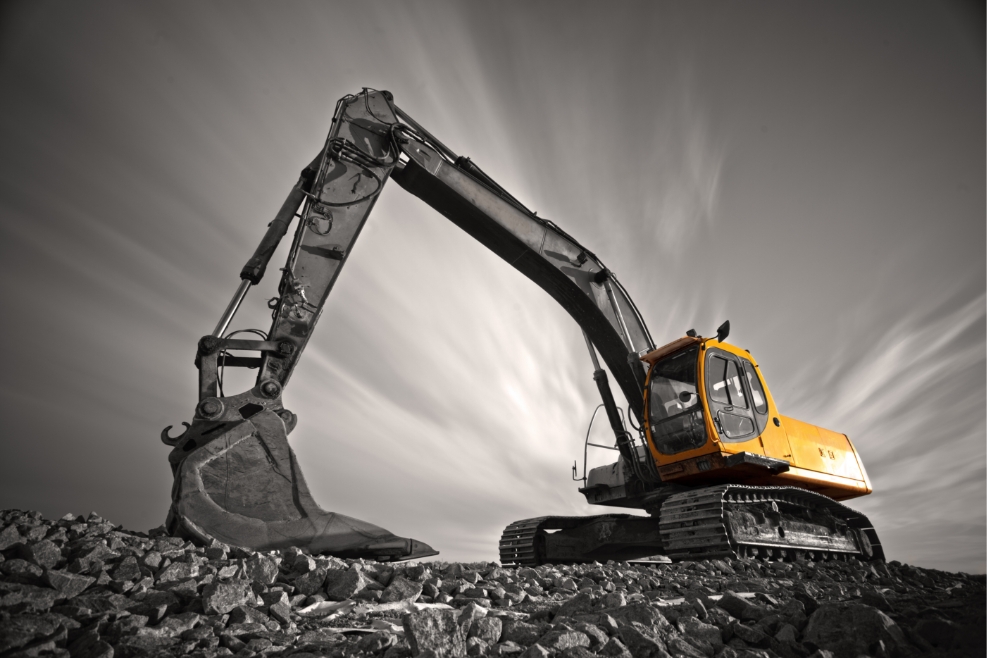Important Trenching and Excavation Guidelines to Know

Ductile iron is a material developed for use in the transportation industry. It consists of iron alloyed with manganese, carbon, and sometimes silicon. These are combined in the correct proportions to alter the physical properties, making them ductile. It’s primarily used to transport large amounts of raw materials in the construction of bridges, communication, power lines, and water mains.
As for the pipe itself, it’s manufactured in one of two ways—either through casting or rolling. For the latter method, it can be purchased in sizes as small as four inches.
Before you begin the installation of your ductile iron pipe, there are a few safety precautions you will need to take. First and foremost, you need to be familiar with the material. All of the risks, hazards and protective measures will come into play in the event of an emergency.
Today, let’s explore some important trenching and excavation guidelines for installing ductile iron pipes. Here’s what you need to know:
The Trench Safety and Excavation Considerations
Inspect Trench Before Daily Work Begins
Always inspect the trench for potential hazards. In particular, look for areas that may have been damaged by the excavator, mechanical equipment or animals. If the trench has a void, sand, or loose gravel, you must fill these areas with granular material.
Remove Puddles of Water
Puddles form quickly in trenches, so make sure they’re drained before work begins. This prevents the creation of muddy conditions, but you can use the water to help form a temporary barrier of material around the trench.
Ensure There Are Adequate Shovels, Picks and Shovels
You must be able to quickly and effectively remove any debris. This can prevent an increase in risk and future incidents on the job site. You should also have at least one shovel for every four workers and one pick for every three workers.
Keep Heavy Equipment and Machinery Away From Trench Edges
The trench must be adequately supported. The material around the edge should be packed tightly and be able to bear the weight of the equipment. This is especially true for heavy-duty equipment such as tractors, bulldozers and cranes.
Ensure There Are Appropriate Protective Measures in Place
To prevent any waste from falling into the excavation, it’s best to use netting or a screen to keep the material out. It’s also vital that you cover the area above the trench with plastic or other similar material. This will prevent any debris from falling out.
Enforce Safety Precautions
Before the project begins, you should make sure each worker is aware of the importance of safety. Let them know the risks associated with their job and how they can protect themselves. There should be a designated safety officer or supervisor to oversee the operations and ensure each worker follows the following safety guidelines.
Be Aware of Loose Debris
Before entering the trench, make sure the ground is dry and the area has been cleared of any loose debris. This will prevent you from slipping and falling into the trench. Ensure there are no voids or bumps that could harm you during the excavation process.
The Bottom Line
Trenching and excavation guidelines are meant to provide you with the essential protective measures you will need in an emergency. The best way to prevent these situations is to make sure you’re familiar with the material and use appropriate safety protection.
If you are looking for excavating services in Southeast Alberta and Southwest Saskatchewan, we can help you. DL Nagel Excavating is a full-service excavating company with 30 years of extensive experience in mainline and facility pipeline, lease development, reclamation, and so much more. We also provide gravel and equipment hauling across Southeast Alberta and Southwest Saskatchewan. Contact us today to learn more and get started!